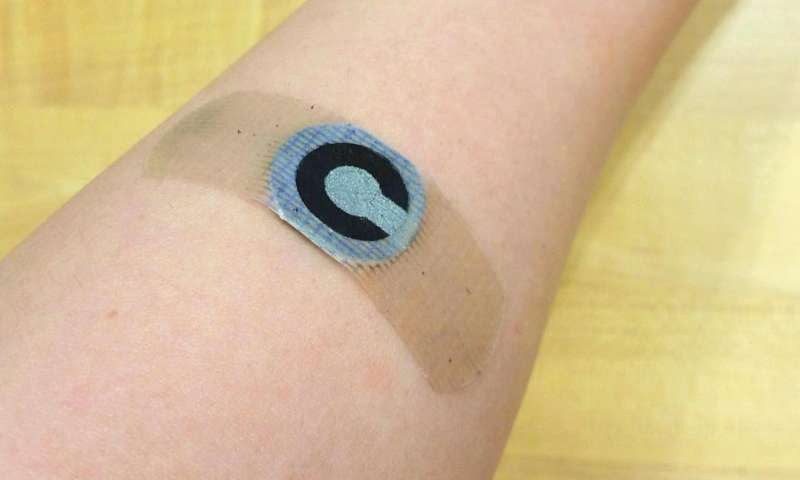Self-powered patch monitors glucose levels during exercise
The bandage-like wearable could prevent hypoglycaemia during workouts.
Diabetics could soon have an effective, non-invasive way to measure glucose levels during exercise, thanks to a patch designed by researchers at the State University of New York. The paper-based patch sticks directly onto the skin like a Band-Aid, and wicks sweat into a reservoir where it's converted into electrical energy, powering a biosensor that monitors glucose without the need for external power.
It's a significant development because glucose tracking traditionally relies on invasive measures, such as pricking a finger to draw blood or sensors under the skin, which then require additional kit to provide a reading. There are some devices that can monitor glucose non-invasively through sweat, but a recurring problem for these has been too much sweat rendering the kit unusable. Preventing hypoglycaemia during exercise, then, has been a big challenge, but the new patch could represent an effective and inexpensive means of overall diabetes management which, according to the researchers, "holds considerable promise."

 Yahoo Finance
Yahoo Finance 

